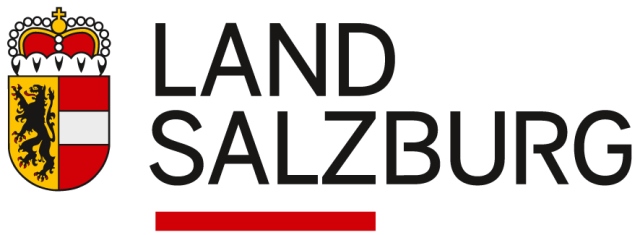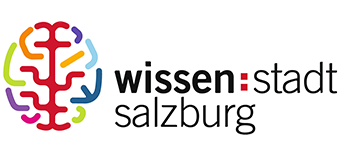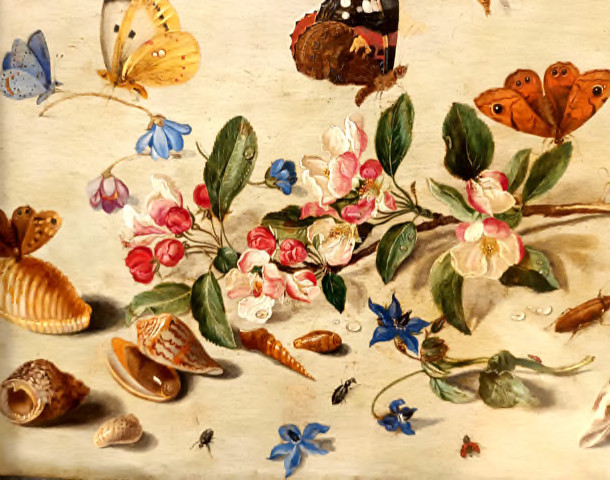Rhopophony
Rhopophony is a series of artistic research activities developing across music, creative methodologies and post-structural philosophy, starting from a simple initial intuition: the transposition in music of the pictorial concept of rhopography, that is, the practice of portraying subjects considered trivial and insignificant. Rhopography coincides with a genre that crossed the whole history of the Western visual arts and image culture, namely still life. In its seeming simplicity and historical marginality, still life puts the observer in front of questions of universal and extremely urgent reach, such as: “what deserves to be represented?”; “who is the observer?”; but above all: “where is man?”
Through a musical transposition, rhopography becomes rhopophony. This project therefore stems from a century-long tradition of Western music which interrogates itself on the relationship between noise and sound, between sound and music, between hearable and unhearable, between writable and unwritable, in a progressive emancipation of the excluded and the trivial. In this project, this trajectory is further enriched across manifold directions, among which the conception and fabrication of “sonic objects,” meant as entities identifiable not so much through a symbolic level of codification (notation), but rather through their energetic charge (“sonic weight”); the shift of the creative agency from composer to performer; a ri-ontologization of the hearable that stands in sharp contrast with the semiotic categories of notation; the centrality of the listening act as a common ground between composer, performer, and listener; and the suspension of teleological temporality.
In this instantiation, the project productively intertwines with the research focus of accordionist and sound artist Luca Piovesan, who investigates into various formats of the composer-performer relation, and into the implications of renegotiating this traditional division of labor.
Lucia D’Errico is an artist-researcher in the field of music, with a specific focus on experimental performance practices and wide-ranging interests in the visual arts, post-structural philosophy, semiotics, and epistemology. She is currently Professor for Artistic Research at the University Mozarteum Salzburg. She is the co-editor of the book series Artistic Research at Rowman & Littlefield Int., the co-editor of Artistic Research: Charting a Field in Expansion (2019, Rowman & Littlefield Int.), and the author of Powers of Divergence. An Experimental Approach to Music Performance (2018, Leuven University Press). She is active as a composer, sound artist, guitarist, video performer, and graphic designer.
Luca Piovesan is an Italian accordionist and sound artist based in Bruxelles. He focuses on the possibilities of accordion through collaborative processes with composers and artists, and create sounds that make connections and listening possibilities explicit through field recording, accordion, pedalboards, electronics and synths. He performs in duo with Promenade Sauvage, he collaborates with Ictus Ensemble, he teaches accordion at the Conservatorio di Cosenza and Music Technology at Brussels’ Conservatory, and he is a PhD student at the Vrije Universiteit Brussel, with a project on co-composition. He also received degrees in Italian Literature and audio engineering, and leads his recording studio BlowOutStudio. His stakes on this path are concerts (Konzerthaus Wien, Harvard University, Berklee College of Music, Bayreuther Festspiele, Tokyo Opera City Hall, Teatro La Fenice), discs, lectures and the project “accordion4composers”.
He is a tireless traveler, constantly attracted by the diversity of the world and its inhabitants.
________________________________________________________________
Rhopophony umfasst eine Reihe von künstlerischen Forschungsaktivitäten, die sich zwischen Musik, kreativen Methoden und poststruktureller Philosophie entwickeln. Rhopophony eignet sich das Konzept der Rhopografie an, die die Praxis des Stilllebens bezeichnet. In seiner scheinbaren Einfachheit und historischen Marginalität stellt das Stillleben den Betrachter vor extrem dringliche Fragen von universeller Reichweite, wie: „Was verdient es, dargestellt zu werden?“; „Wer ist der Betrachter?“; aber vor allem: „Wo ist der Mensch?“ Übertragen auf den klanglichen und musikalischen Bereich stellen solche Fragen die traditionellen ontologischen Kategorien der Musik ebenso in Frage wie die konventionelle Arbeitsteilung zwischen Komponist*in, Interpret*in und Hörer*in.
„Rhopophony“ ist Teil des Symposiums „Resonanzen und Dissonanzen: Künste-Wissenschaften-Gesellschaften“.








